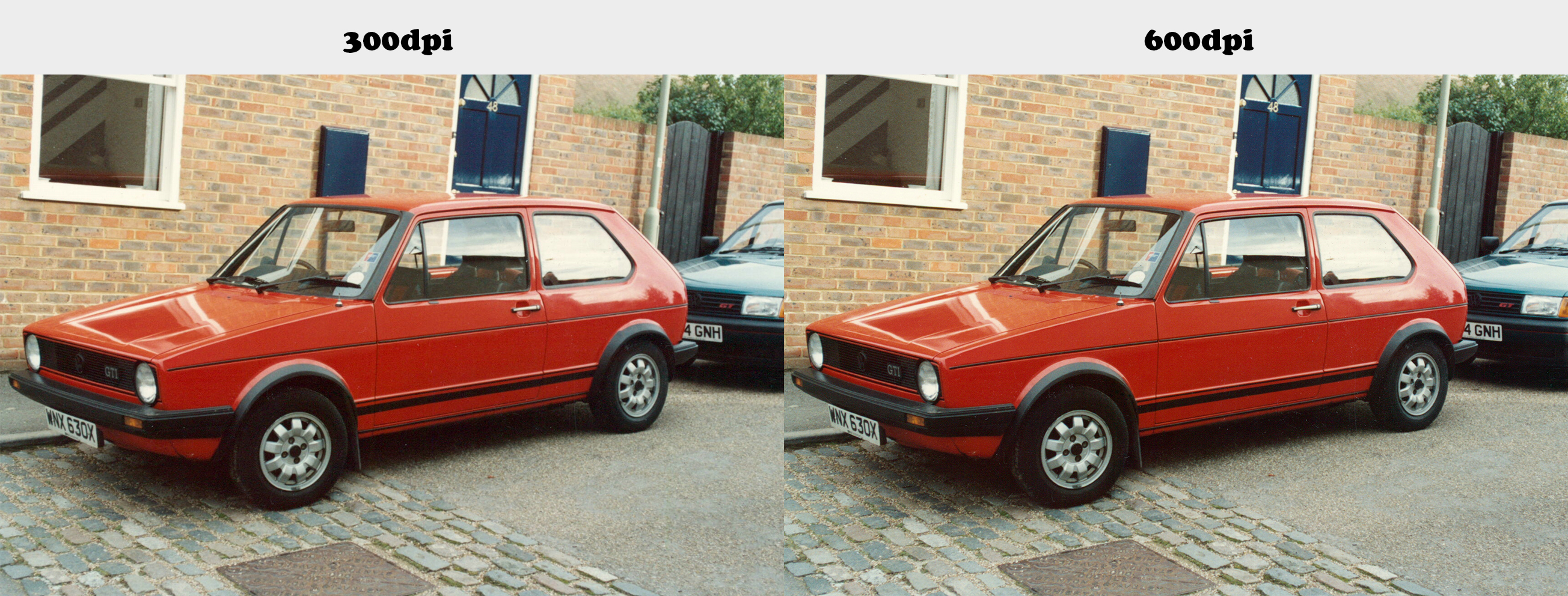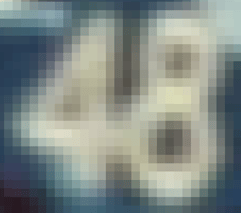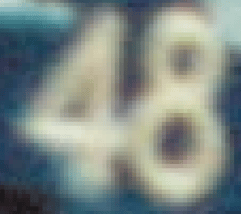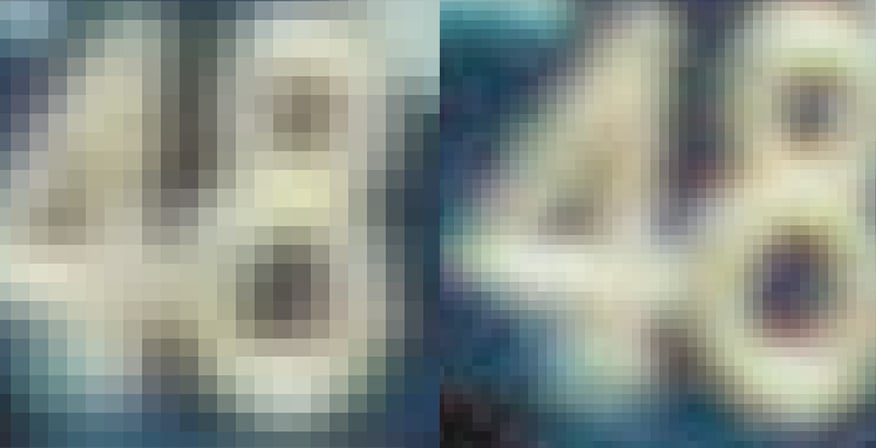After a marriage breaks down lots of things are divisible, you can sell a house and spilt the...
What is resolution? And is 600dpi worth paying extra?
Resolution is the thing you reach after getting into a family squabble but it’s also the quality of an image.
The English language is an interesting one, isn’t it? We want to chat about the latter (although at Vintage Photo Lab we’ve also helped a fair few families bury hatchets when it comes to who gets the family photo albums. How? Digitise them of course). Resolution is made up of two acronyms ‘DPI’ and ‘PPI’, again, this PPI didn’t have loads of people on TV asking if you’ve been missold it, however, this PPI is on the telly too. It’s on TVs, computers, mobile phones - anything with a screen. PPI means pixels per inch, it tells you how many little pixels are packed into any inch of an image shown on a screen. The more pixels, the clearer the image will be.
When you talk about the resolution of printed material we use the acronym ‘DPI’ dots per inch – which means that for every inch of your photo, there are 300 tiny dots of ink. Like pixels on a screen, the more you have, the more defined the picture will be.
Most photos are printed at 300dpi. When we scan at 300dpi, we capture that exact same amount of information. This means you can reprint your image in exactly the same detail as the original but if you do use this image file to print a photo – or calendar, or wall canvas, or a page in a photo book. – at a larger scale than the original, it will degrade in quality the more you take it beyond its original proportions.
Scanned at 600dpi, we effectively double the picture quality. Instead of capturing the digital equivalent of 300 printed dots, it captures twice that. This means, in our example above, the degradation still happens, but you're protected against it a little bit more and up close, it makes a difference. Seeing is believing. Here are two scans of the same photo, one at 300dpi, the other at 600dpi. Zoom in on the different parts of the image to compare resolution and differing degrees of pixelation. 
In the 600dpi image the colours, shine and detail are a little more true. If you take a look at the number on the house door it's a little more defined than the 300dpi. 600dpi also has the ability to capture tiny detail that may be lost in 300dpi. If you zoom in on the corner of the front bumper it looks like there are 3 tiny scratches. However, if you cast your attention to the same spot on the 300dpi car they've disappeared.
Here's a zoomed in screen grab of the door number so you can see the difference a little clearer.
300dpi

600dpi
The other notable difference is the cost, processing an image at 300dpi is a lot quicker and uses less energy than 600dpi, so expect to pay a little premium when opting for the higher resolution.
At Vintage Photo Lab we can scan photos at both 300dpi & 600dpi. Please get in touch with the experts at the lab if you need any more information about digitising your photos.
You can read a little more about how we do things at the lab in our Photo Scanning 101 post here.





